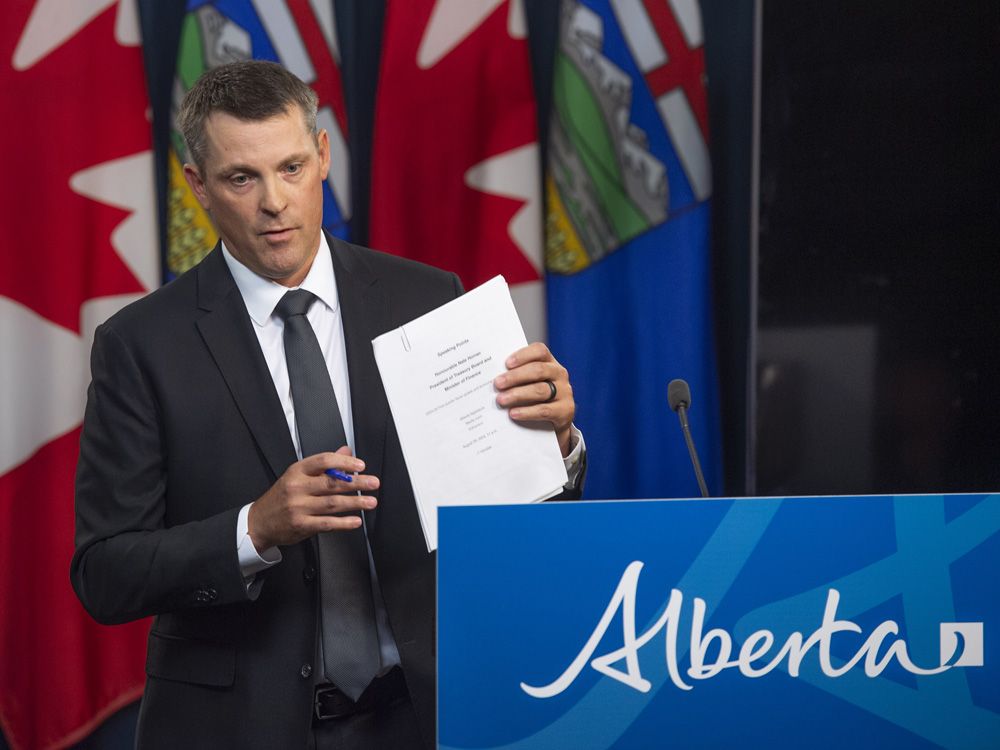What you need to know about OSFI’s new proposed climate-risk guidelines for financial institutions

Banks and others will have to ensure they can maintain operations during climate-related disasters, draft rules say

Article content
Canada’s big banks and other federally regulated financial institutions will have to ensure they can maintain operations during climate-related disasters and remain financially viable “through severe yet plausible climate risk scenarios,” according to a set of draft rules released Thursday by the country’s top financial regulator. The rules were laid out in the Office of the Superintendent of Financial Institutions‘ (OSFI) preliminary Guideline B-15, which sets out the regulator’s expectations related to climate-change risk management and disclosure. The Financial Post’s Joe Hood breaks down what you need to know about the proposed framework.
Advertisement 2
Story continues below
Article content
What is the B-15 Guideline?
The B-15 Guideline is OSFI’s attempt to enhance scrutiny of climate-related risks in the financial institutions it oversees. It is broken into two sections, the first dealing with governance and risk management, the second dealing with disclosure. On the risk side of the equation, OSFI is concerned both about physical risk — the damage caused directly and indirectly by severe weather and other climate-change related events — and the transition risk that comes as businesses attempt to realign their operations to reduce emissions and their reliance on fossil fuels. The goals, OSFI said, are to ensure that institutions understand the potential risks to their business models and have proper practices in place to address them and remain viable. B-15 is considered a “framework” as there is no one-size-fits-all response to climate change that will work for all companies.
Advertisement 3
Story continues below
Article content
What will the companies have to do?
B-15 calls for companies to understand and manage the risks arising from climate change. It include references to creating and implementing “a climate transition plan” to address the physical risks of climate change and ensuring the necessary governance policies and structures are in place. It also calls on companies to conduct climate-related stress tests using scenario analysis, a method that involves using a “hypothetical future state of the world” to determine the impact on operations. When it comes to their physical operations, B-15 lays out that institutions “should consider severe, yet plausible, climate-related disaster scenarios” and their impact on business continuity and recovery planning, as well as their impacts on third party providers. Companies will also have to disclose climate-change risk in a robust and ongoing fashion.
Advertisement 4
Story continues below
Article content
-

Kevin Carmichael: Financial system can ‘absorb’ shock of higher interest rates, Canada’s banking regulator says
-

Housing downturn and cyber attacks top risks to Canada’s financial system, says OSFI
-

Banks being put on notice regarding climate change policies signals change is in the air
-

OSFI maintains stress test for uninsured mortgages as sufficient cushion for now
Who does it apply to?
OSFI oversees all federally regulated financial institutions, including domestic and foreign banks operating in Canada, life insurers and property and casualty insurers. In a briefing, OSFI officials said they expect larger institutions to lead the way when it comes to certain, more complicated aspects of disclosure, with smaller regulated entities following suit over time.
When will the rules come into effect?
The proposal released on Thursday is only a draft framework, and OSFI is seeking comment on it until Aug. 19, 2022. According to a press release issued along with the guideline, OSFI plans to issue the final version by early 2023, along with a non-attributed summary of comments received.
_____________________________________________________________
For more stories like this one, sign up for the FP Finance newsletter.
______________________________________________________________
Advertisement
Story continues below









